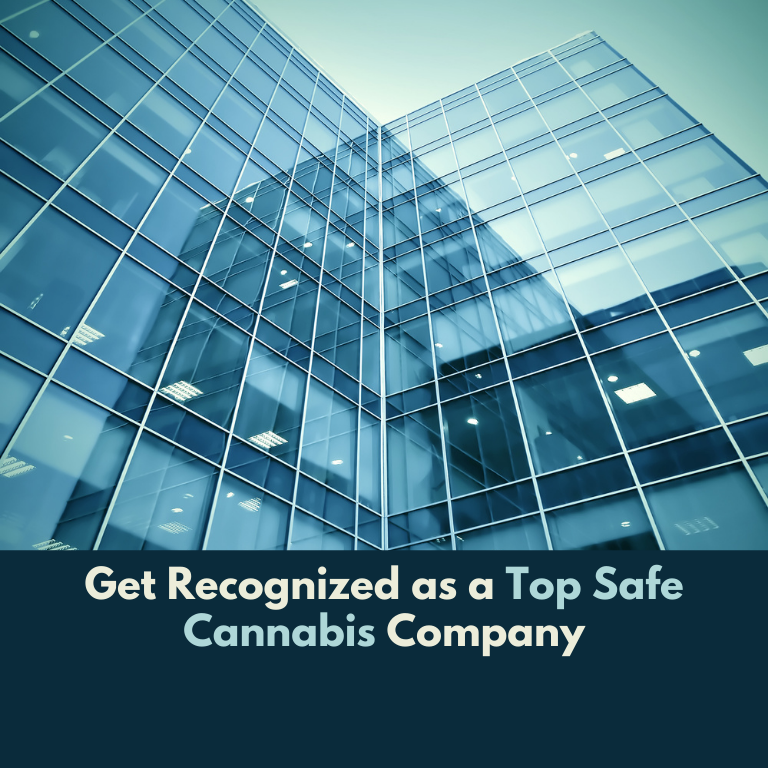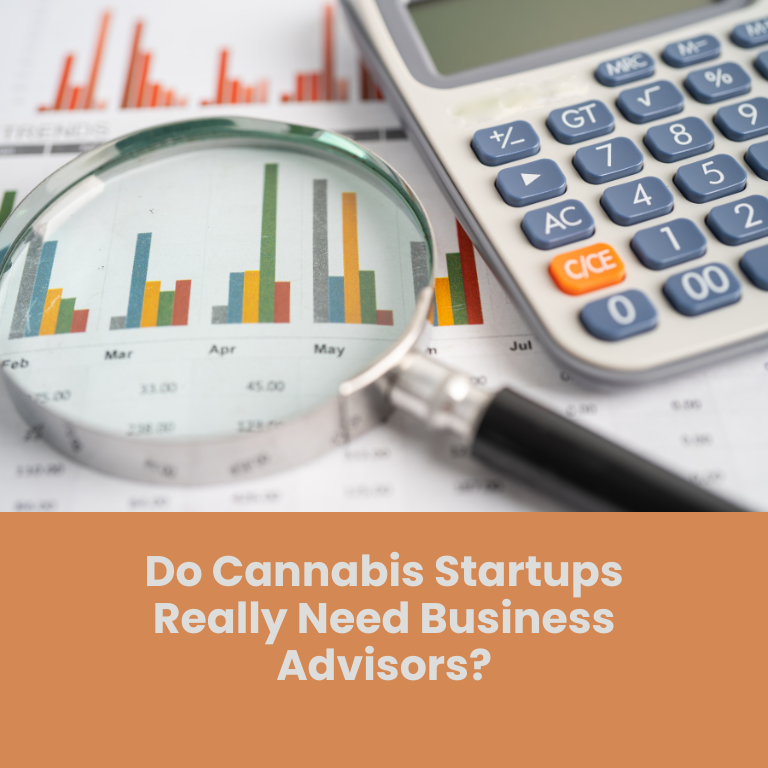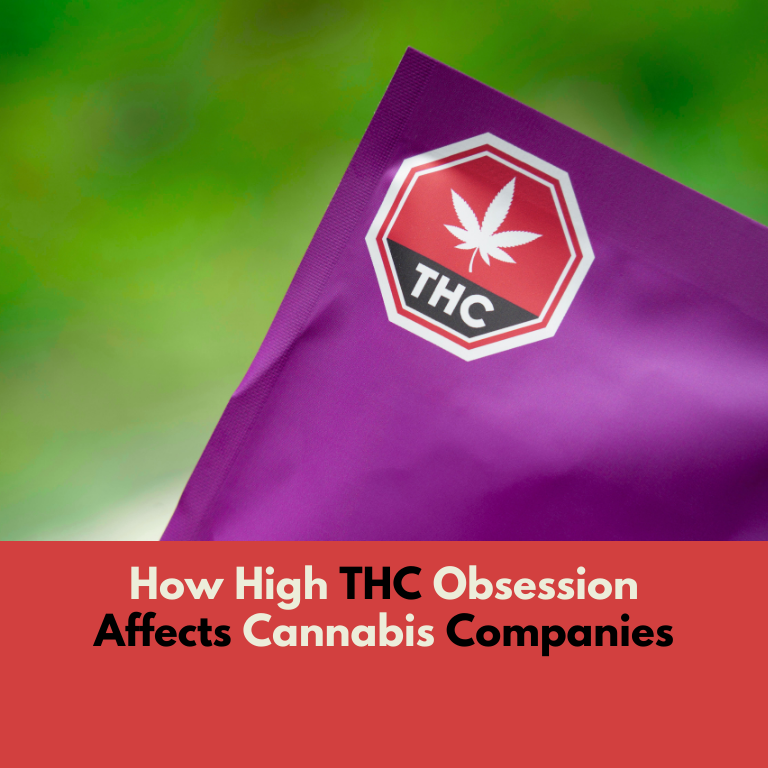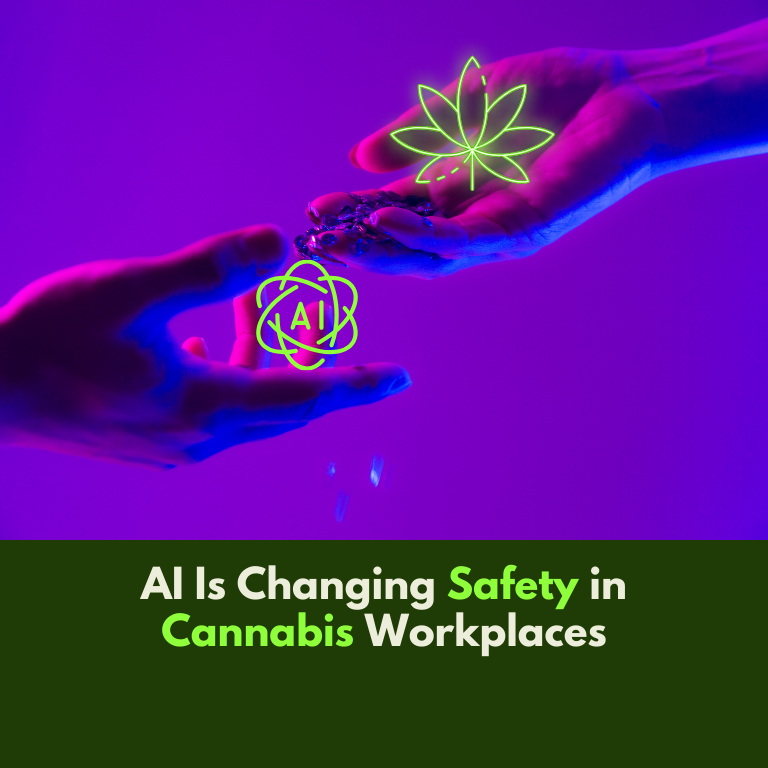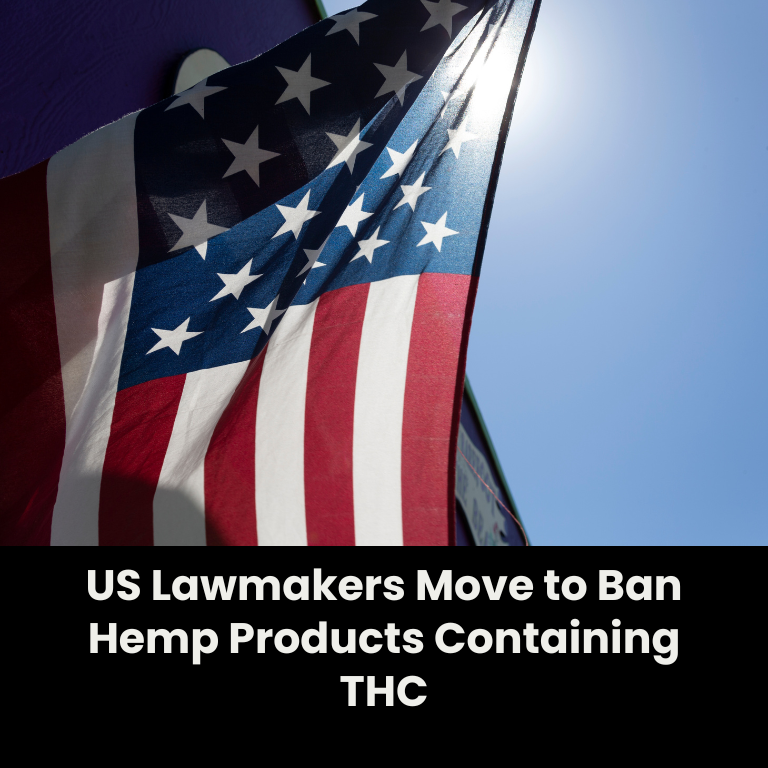Become One of America’s Safest Cannabis Brands: How to Build a Workplace Culture Centered on Safety, Compliance, and Employee Well-Being
As the cannabis industry matures in the United States, companies are no longer competing solely on product quality, branding, or pricing. Safety—both in terms of consumer protection and workplace environments—is becoming a critical point of differentiation. With heightened public scrutiny, evolving regulatory frameworks, and increasing pressure from both state and federal authorities, the safest cannabis brands will not only avoid fines and shutdowns but also gain consumer trust and long-term loyalty.
In short, safety is no longer optional—it’s a competitive edge.
Understanding the Stakes: Cannabis Workplaces Present Unique Safety Challenges That Must Be Addressed Proactively
From grow operations with exposure to pesticides and mold to manufacturing facilities using flammable solvents, cannabis workplaces come with a host of hazards. Employees are exposed to respiratory risks, ergonomic strain, repetitive motion injuries, chemical burns, and even mental health stressors from high-paced environments.
Unlike traditional industries, the cannabis sector often grows faster than regulation can keep up. As a result, safety programs must be proactive, not reactive, with leadership committed to identifying and addressing risks before they escalate.
Building a Culture of Safety Starts at the Top: Leadership Must Champion a Zero-Harm Mindset From Day One
A safety-first workplace begins with leadership. Executives and managers must treat safety as a core business value, not just a compliance checkbox. That means:
Integrating safety goals into business strategy
Allocating real budget for training, equipment, and audits
Holding every manager accountable for team safety outcomes
Celebrating safety wins just as loudly as sales milestones
Culture change doesn’t happen overnight, but when leadership takes ownership, it cascades down to every level of the organization.
Comprehensive Safety Programs Are Not Just Checklists—They’re Living Systems That Evolve With Your Business
To become one of America’s safest cannabis brands, companies must develop and maintain comprehensive safety programs that go far beyond posters and training days. These systems should include:
Hazard identification and risk assessments at every stage of operation
Regular employee training tailored to roles and updated with changing procedures
Accident and near-miss reporting mechanisms with no fear of retaliation
Internal safety committees to foster cross-department collaboration
Audits and inspections conducted by internal and third-party experts
These programs must evolve alongside your operations, product lines, and workforce.
Invest in Employee Education and Engagement: Workers Must Be Trained, Empowered, and Heard
Employees are your first line of defense in creating a safe workplace. But they can’t protect themselves—or your brand—if they aren’t properly trained and engaged. Invest in:
Ongoing, hands-on safety training beyond the onboarding phase
Multilingual resources if your workforce is diverse
Anonymous reporting tools and regular safety surveys
Incentives and recognition programs for safety compliance and initiatives
Employees who feel heard and empowered are more likely to prevent accidents, not just report them.
Use Technology to Your Advantage: How AI, Wearables, and Smart Sensors Can Help Prevent Accidents
Leading cannabis brands are embracing technology to enhance safety across their operations. Examples include:
AI-powered video analytics to detect spills, unauthorized access, or unsafe behaviors
Wearable tech to monitor worker fatigue or posture in real time
Environmental sensors to track humidity, air quality, and chemical levels
Automated compliance management software to stay on top of inspections and documentation
These technologies reduce human error, increase transparency, and create a data-driven safety culture.
Align With State and Federal Compliance Standards: A Safe Brand Is Also a Compliant One
OSHA regulations apply to cannabis companies just like any other industry. But states with legal cannabis often have additional safety requirements, especially around:
Pesticide use and chemical handling
HVAC and ventilation standards
Fire and explosion risks in extraction facilities
Security systems and product transport
Working with legal and compliance experts can help ensure your safety program meets or exceeds every applicable regulation—protecting both your people and your license.
Public Perception Matters: Showcasing Your Safety Culture Can Boost Brand Trust and Attract Talent
Safety isn’t just for regulators—it’s a public brand value. Consumers increasingly support companies that treat their employees with respect and prioritize well-being. You can showcase your commitment by:
Publishing safety milestones and certifications
Sharing behind-the-scenes safety initiatives on social media
Highlighting employee testimonials about your safety culture
Applying for national workplace safety or recognitions
Being transparent about your practices helps attract customers, investors, and top talent.
Partnering With Third-Party Experts Can Fast-Track Your Journey to Becoming a Safety Leader
Working with safety consultants, OSHA-certified trainers, and risk management firms can save time and help you avoid costly missteps. These experts bring:
A fresh, outside perspective on your risks
Access to industry benchmarks and best practices
Hands-on help with implementing and auditing safety systems
Their insights can be the key to transforming a good safety program into an award-winning one.
Safety Is the Foundation for a Thriving Cannabis Brand That Stands the Test of Time
In a rapidly changing and competitive market, becoming one of America’s safest cannabis brands isn’t just about avoiding fines or bad press—it’s about building a workplace that thrives. Safe workplaces are more productive, attract better talent, retain workers longer, and earn the trust of customers and regulators alike.
Safety is smart business. And with the right leadership, systems, and commitment, your cannabis company can rise to the top of the industry—not just for what you produce, but for how you protect the people who make it all possible.

